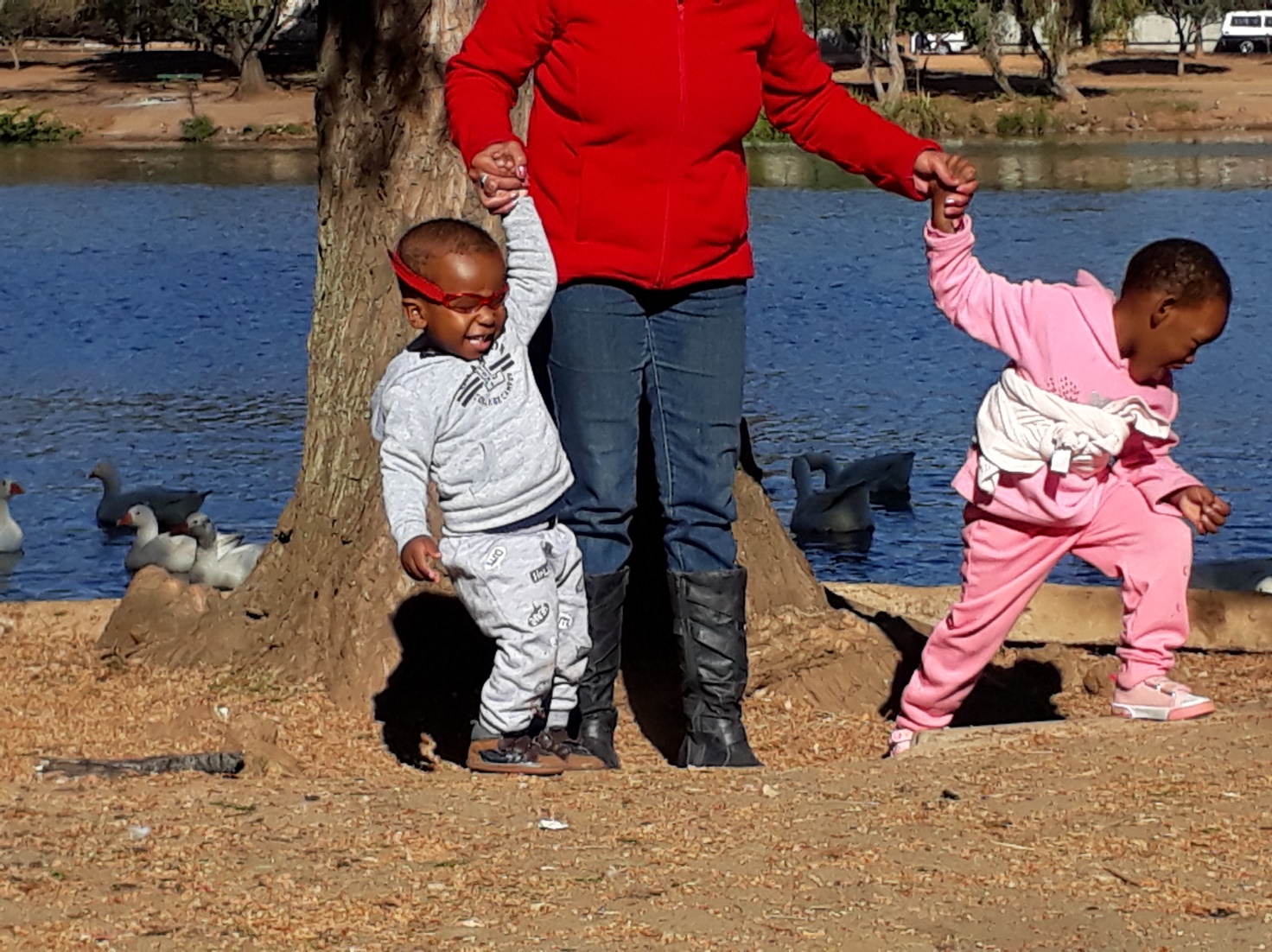This article was collated from the information from several web pages, written by siblings of blind children and their parents. Therefore, the language is not professional or grammatically perfect, but the idea is to demonstrate the use of understandable language when talking to children.
If your child has a visual impairment, it doesn’t just affect him/her – it has an impact on other members of the family too. Young sisters and brothers may be full of questions, and you might need to explain what’s going on because as a parent, you know your children better than anyone else. The following guidelines may help.
Keep it simple
Start simply (for example, say “Sam doesn’t see like you do”) and then be led by their questioning. Children will usually only ask questions when they can cope with the answers. Keep it simple and only answer what the child asks about.
Understanding vision
Brothers and sisters may not notice differences in the ability to see until they are pointed out to them. A doctor, teacher or other knowledgeable person could help you to explain about different sensory disabilities or particular eye conditions. Explain what vision is:
- it’s one of the senses, it’s a way of getting information, and so on. Explain that all blind and partially sighted people are different, and that there are many kinds of visual impairment.
- People who can’t see at all are called blind.
- Most blind people can tell the difference between light and dark. People who can see a little, but not as much as someone with full sight, are called partially sighted or visually impaired. Some people may have one eye that works fine, but the other eye doesn’t work properly.
- Eyes have a lens at the front to let light in. The light travels through the eyeball to a screen at the back which changes the light into electric signals, which are sent to the brain by special nerves. This is similar to the way a camera works. If any of these bits don’t work well, it will stop someone from seeing properly. This video explains very clearly how the eye works.
What causes blindness?
“Why is Sam blind?” It’s OK to say that no-one knows, if that is the case. Whatever the reason for the visual impairment, it’s important to explain that it is no-one’s fault. Some people are born blind, while others have had an accident or a serious illness which had led to their visual impairment.
What treatment is there?
A doctor who examines and/or treats blind or partially sighted people is called an ophthalmologist. Some kinds of blindness cannot be treated, while other sight problems can.
What does this mean?
- We use our eyes to help with nearly everything we do; going for a walk, getting dressed, eating, cutting up food, reading, writing, cooking, recognizing our friends, finding things we have put down.
- Blind people have to find other ways of doing all these things and may need help with some of them. For example, they may have to be very careful to put things away in their proper place, so they can be found again or so that they are not in the blind person’s way.
- It might be difficult for blind people to meet and make friends.

- Blind and partially sighted people usually get very good at using their other senses, especially hearing and touch, to tell them what is happening around them. There is also lots of special equipment to help people who can’t see well. For example, magnifiers, talking computers and cell phones, talking books and books written in Braille which is a system where each letter of the alphabet and each number has a certain combination of raised dots on the paper and the blind or partially sighted person learns the system and “reads” by moving their fingers over the raised dots.
- Many people who are partially sighted will use glasses or contact lenses to help them see better.
- Blind and partially sighted people can read or write using magnifiers, talking computers and cell phones, talking books and books written in Braille – which has bumps on the paper which they can read with their fingers.

- They use special sticks (long white canes) to explore where they are walking, and some blind people have a specially trained guide dog to travel with them and help them find their way. There are also talking GPS systems which can be used.

- Games are played with playing cards with Braille numbers, balls that bleep for playing football or cricket, chess boards with all the white squares raised, etc.
Misunderstandings
Clear up any misunderstandings or myths that your child hears from other people – for example, “blind children have better hearing”. Encourage siblings to come to you if others have told them things about visual impairment that they don’t understand, or that don’t match what you have told them. Teach them that children with disabilities are people just like them and they like to make friends. You need not be afraid of them – they just do things a bit differently.
RESOURCES
